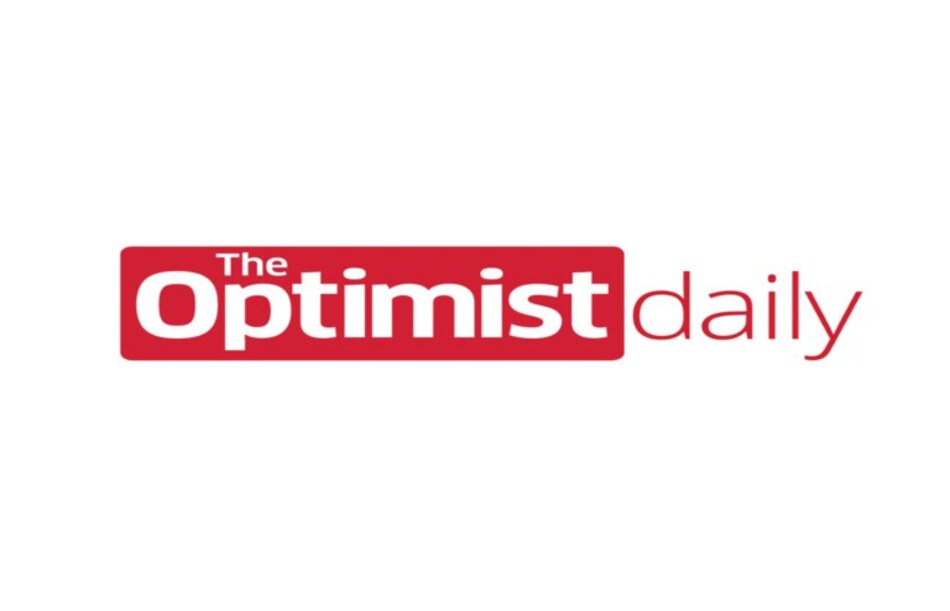Most of us have probably looked both ways quickly before darting across the street outside of a sidewalk. Whether traffic was light or the crosswalk was simply too far away, jaywalking is a fairly common offense, but data from the California Racial and Identity Profiling Act (RIPA) shows that Black people in California are five times more likely to be stopped by the police for jaywalking than white people.
Jaywalking is not an equitably enforced law, and is often used as an excuse by police to disproportionately stop people of color. What’s more, many experts argue that jaywalking does not effectively improve pedestrian safety, especially when compared with methods like improving sidewalk infrastructure and lowering speed limits.
This is why many states are choosing to decriminalize jaywalking. In Virginia, the act is no longer considered a primary offense, meaning police cannot stop pedestrians for jaywalking alone, and Nevada and Kansas City have passed similar measures. Now, California hopes to join the movement. The state’s Senate has introduced a bill that would eliminate fines for jaywalking. The “Freedom to Walk Act” would decriminalize jaywalking when there is no immediate hazard and collect data on pedestrian-involved crashes until 2028 to better inform future legislation.
Most jaywalking regulations actually date back to the early automotive era, when car companies advocated for the laws to put the blame for crashes on pedestrians, rather than drivers or cars. Data from Virginia shows that there has been no significant change in the rate of pedestrian injuries or fatalities since the law went into effect six months ago. This is in line with data from European countries which have no jaywalking laws.
So what is the solution for pedestrian safety? As mentioned above, investment in pedestrian infrastructure makes a big difference. More crosswalks, sidewalks, and sit signs which alert drivers to crossing pedestrians help protect those on foot. So do vehicle safety innovations such as automatic emergency braking and pedestrian detection systems.
We often take our long-standing laws for granted as the best option for public safety, but data surrounding pedestrian safety demonstrates that cities would be just as safe, and more equitable, without restrictive jaywalking laws.












